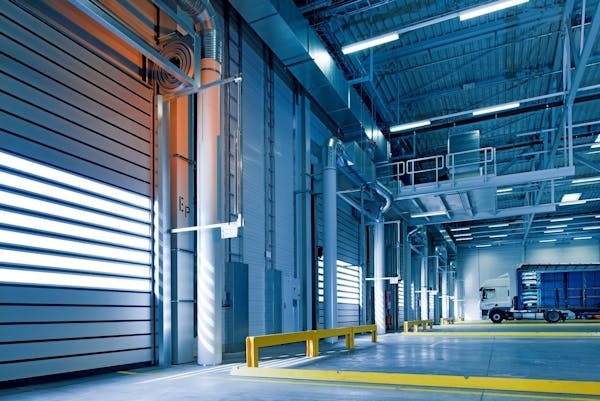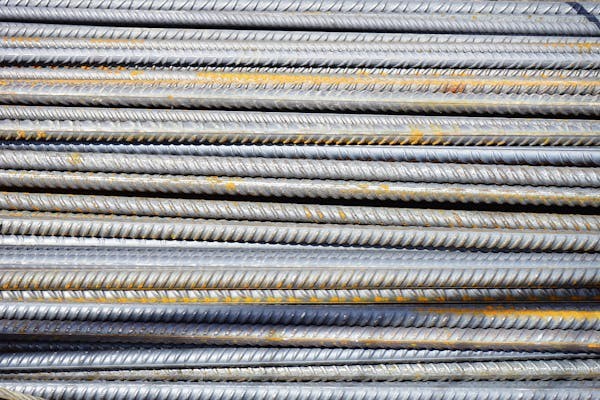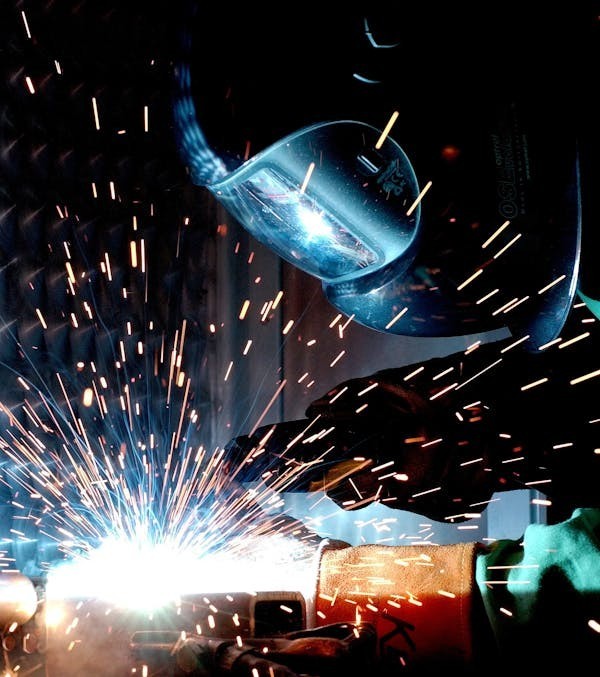views
Structural steel detailing is a critical process within the construction industry, playing a pivotal role in ensuring the accurate fabrication and assembly of steel structures. This discipline involves the creation of detailed drawings and specifications that guide steel fabricators and erectors in translating engineering designs into physical structures. By providing precise instructions for every steel component, detailing not only enhances construction efficiency but also reduces errors, contributing significantly to the overall safety and structural integrity of buildings, bridges, and various infrastructure projects.
Ensuring Design Accuracy
One of the primary functions of structural steel detailing is to provide exact measurements, connections, and specifications for each steel component. These detailed drawings are essential to ensure that every piece of steel used in construction aligns perfectly with the design intent. By minimizing discrepancies and ambiguities, accurate detailing prevents costly errors during fabrication and assembly, ultimately leading to structures that meet or exceed design requirements.
Facilitating Efficient Fabrication
Detailed steel drawings serve as comprehensive instructions for steel fabricators, guiding them through the process of cutting, bending, and assembling steel components. This clarity accelerates the fabrication timeline by streamlining production workflows and optimizing resource allocation. As a result, construction projects benefit from reduced lead times and lower costs without compromising on quality or structural integrity.
Enhancing Structural Integrity
The meticulous nature of structural steel detailing ensures that every steel member is correctly sized and positioned according to precise engineering calculations. This accuracy is crucial for maintaining structural stability and load-bearing capacity throughout the lifespan of the building or infrastructure. By adhering strictly to design specifications, detailing minimizes the risk of structural failures and enhances overall safety, which is paramount in high-stakes construction environments.
Coordination with Other Trades
In complex construction projects, structural steel interacts closely with other building systems, including mechanical, electrical, and architectural components. Detailed steel drawings facilitate seamless coordination between different trades by providing a clear framework for integration. This interdisciplinary collaboration ensures that steel structures fit harmoniously within the broader construction context, avoiding conflicts and delays that could otherwise impact project timelines and budgetary constraints.
Supporting Construction Sequencing
Effective project management relies on precise scheduling and sequencing of construction activities. Structural steel detailing plays a crucial role in this process by offering a detailed roadmap for steel erection and assembly. Contractors can plan and coordinate deliveries, allocate resources efficiently, and systematically execute construction phases. This proactive approach minimizes disruptions onsite, enhances productivity, and enables timely project completion, thereby meeting client expectations and contractual obligations.
Compliance with Codes and Standards
Adherence to industry codes and standards is non-negotiable in construction, particularly concerning structural integrity and safety. Opting for professional structural steel detailing services ensures that fabricated components meet regulatory requirements and quality benchmarks established by relevant authorities. Complying with these guidelines mitigates legal liabilities, protects against potential fines or sanctions, and instills confidence among project stakeholders regarding the durability and reliability of the built environment.

Improving Project Communication
Clear and comprehensive detailing drawings serve as a universal language for all project stakeholders, fostering effective communication and collaboration. These detailed plans act as a central reference point that everyone on the project can rely on, eliminating ambiguities and reducing the likelihood of misinterpretations. Architects can use these drawings to verify that the structural components align with their design vision, while engineers can ensure that the structural integrity and load-bearing requirements are met. Contractors benefit from these drawings by having clear guidelines for sequencing and installation, which helps in managing construction schedules and resources more effectively.
Embracing Technological Advancements in Steel Detailing
The field of structural steel detailing has seen significant advancements with the integration of modern technology. Software tools such as Building Information Modeling (BIM) and Computer-Aided Design (CAD) have revolutionized the way detailers work, allowing for the creation of highly accurate and complex designs with increased efficiency. BIM, in particular, enables a three-dimensional representation of the entire project, facilitating better visualization and collaboration among all stakeholders. This technological shift not only enhances the precision of detailing but also improves the management of project data, reducing the likelihood of errors and rework. By embracing these technological advancements, the construction industry can achieve greater accuracy, faster project delivery, and enhanced overall project performance, ensuring that structural steel detailing remains at the forefront of construction innovation.
Structural steel detailing represents a fundamental bridge between conceptual design and physical construction in steel-intensive projects. By translating intricate engineering specifications into actionable plans for fabrication and assembly, detailing contributes to the successful delivery of robust, aesthetically pleasing structures that stand the test of time. Its role in ensuring accuracy, efficiency, and compliance with regulatory standards cannot be overstated, making it an essential component of modern construction practices worldwide. As the construction industry continues to evolve, the importance of meticulous structural steel detailing remains paramount, driving innovation, safety, and sustainability across diverse architectural and infrastructure endeavors.



























Comments
0 comment